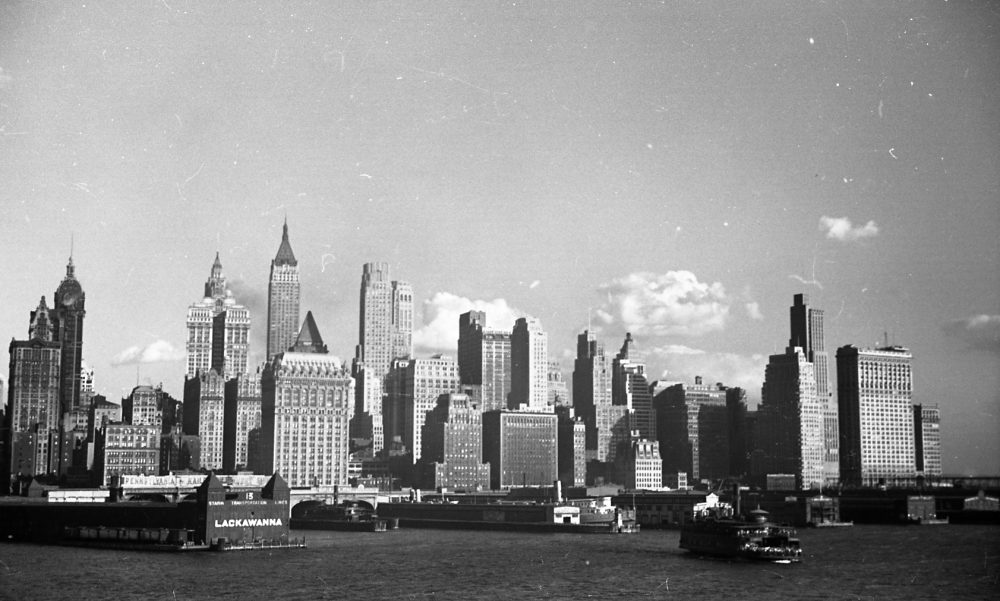Today in Automotive History: 1934 NY Taxi Riots

Photo: Richard via CC
It’s hard not to think of taxis when thinking about New York City. The yellow cabs are practically synonymous with the Big Apple, and have been a part of the city’s way of life since the early 20th century. However, things haven’t always been smooth sailing for the city’s taxi industry. 87 years ago, Feb. 5 marked the beginning the infamous NY Taxi Riots of 1934. Here’s the story of what went down on this particularly dark day in automotive history.
Ultimate Off-Roading Prowess: The 2021 Chevrolet Colorado
The story of the NY Taxi Riots
The first taxis made their way to the streets of New York City back in 1907. For the next few decades, the industry evolved along with the city, growing into a major business by the 1930s.
Unfortunately, the 1930s was also a time of great economic suffering. The Great Depression hit New York hard, and affected the taxi industry in a big way. During this period, people began cutting back on money spend on a cab ride, while at the same time an influx of out-of-work men began looking to drive taxis for a quick buck. When combined with the greediness of fleet owners and a decrease in the already small wages drivers earned, the situation soon reached a boiling point.
Tensions boil over
On Feb. 3, 1934, the taxi drivers of New York City decided enough was enough. A strike began, and although the first two days were uneventful, this was soon to change. On Feb. 5, the situation escalated into one of violence. Independent cab drivers without ties to any fleets were targeted first, and could do little as protesters smashed their windows and dragged their passengers out of their seats. Many of these empty cabs were then burned in the streets. When the police tried to intercede, they too were attacked. Tires were slashed, rocks were thrown, and marbles were rolled under the hooves of police horses.
In order to quell the violence, recently elected mayor Fiorello LaGuardia took a stand for the taxi drivers. He had the cops’ billy clubs taken away, and insisted that the drivers be allowed to strike peacefully as per the First Amendment. Although initially successful, the tensions and protests continued for several more months before finally subsiding in late 1934.
Versatility Defined: The 2021 Chevrolet Trailblazer
Several years later, in 1937, the New York state legislature passed the Haas Act. This act instituted a new system that evened the playing field for taxi drivers and finally gave them better wages. The system lasted for a further three decades, and led to the system by which drivers are compensated today. The next time you’re in New York City and need to catch a cab, spare a thought for the fascinating history behind the city’s most famous form of transportation.

The News Wheel is a digital auto magazine providing readers with a fresh perspective on the latest car news. We’re located in the heart of America (Dayton, Ohio) and our goal is to deliver an entertaining and informative perspective on what’s trending in the automotive world. See more articles from The News Wheel.

